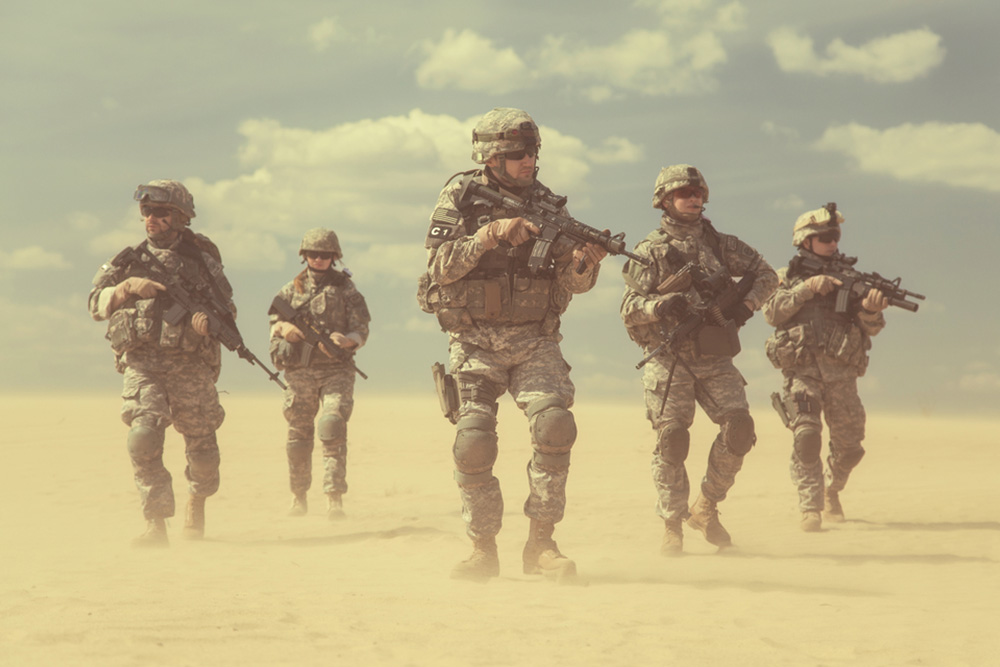Training for life

Jon Carlock
In a way, it’s easy to train an athlete. Because the desired outcome is already known, we know how to condition the body to run a specific distance, or to lift a certain amount of weight. During my educational experiences and while working as a strength and conditioning coach in the USOC’s strength and power sportfolio, I had the opportunity to support many elite athletes, writing their training programs from start to finish. Throughout the entire process, I observed how preparing the body to meet a specific challenge required a foundation of strength, with stronger, bigger athletes always maintaining an edge. Seeing the outcomes of the strength and power programming I was creating, I was inspired by what these individuals could accomplish, always astounded by the sheer magnificence of their athleticism.
Strength for soldiers and civilians alike
These days, I’m applying what I know about the importance of strength in a different realm — training soldiers in the United States Army Special Operations Command. This experience has sparked an evolution of thought for me, and I’m reminded of the many ways that strength can support all of life’s activities — for soldiers and civilians alike.
Soldiers need to be prepared for everything, so elite performance in an event or sport isn’t our goal. We’re training soldiers as laborers, not athletes, because they need to be able to respond to the unknown in all kinds of settings. Since we aren’t strictly focused on strength and power, we have the freedom to explore a myriad of activities, as we’re honing skills that will transfer far outside the weight room.
Strength supports skill
Looking at all different levels of athletics, we can see the many ways that strength supports skill. For example, stronger endurance runners possess a more stable movement pattern and a greater running economy. There’s greater stability within your whole system when supportive muscles don’t get fatigued, meaning there’s less opportunity for injury caused by imbalance.
The weight room provides a controlled environment to practice the skills you need to move your body and external objects safely, and with greater ease. But what’s most important is finding the fitness activities that keep you interested and motivated. Most of us aren’t training to race or lift competitively, but simply want to be active and strong so we can keep up with our kids and live freely in our bodies.
As the saying goes, the best time to plant an orchard was 10 years ago, the second best time is now. Even if you’ve been neglecting the weight room, it’s never too late to start. As we age we naturally lose muscle mass, but you can hold onto it for longer, and increase the quality of your life by adopting a strength training program.










